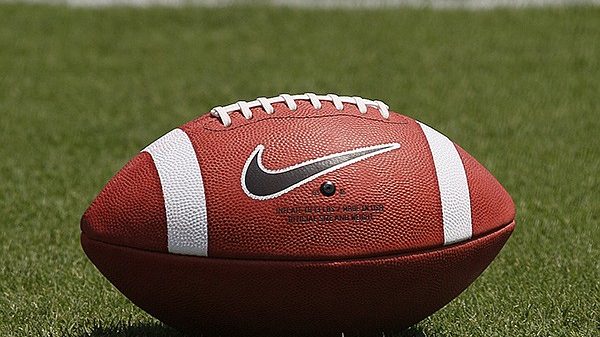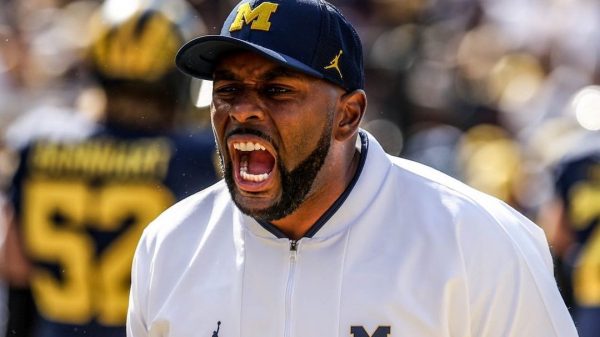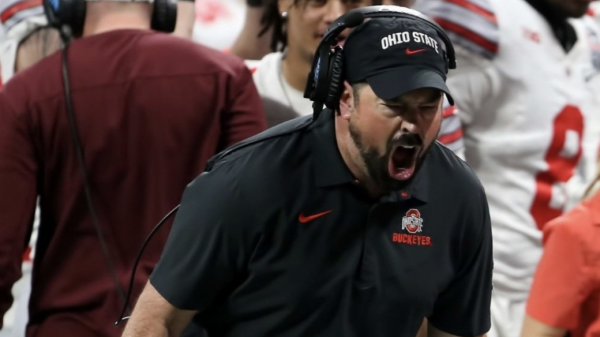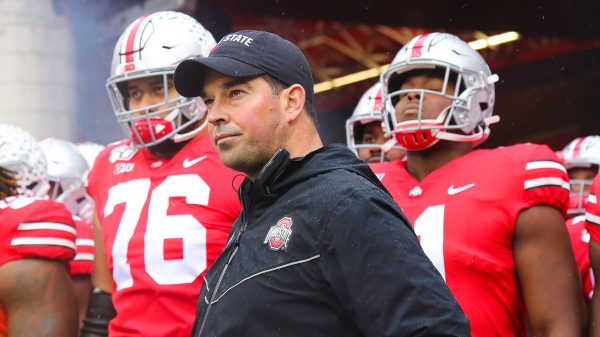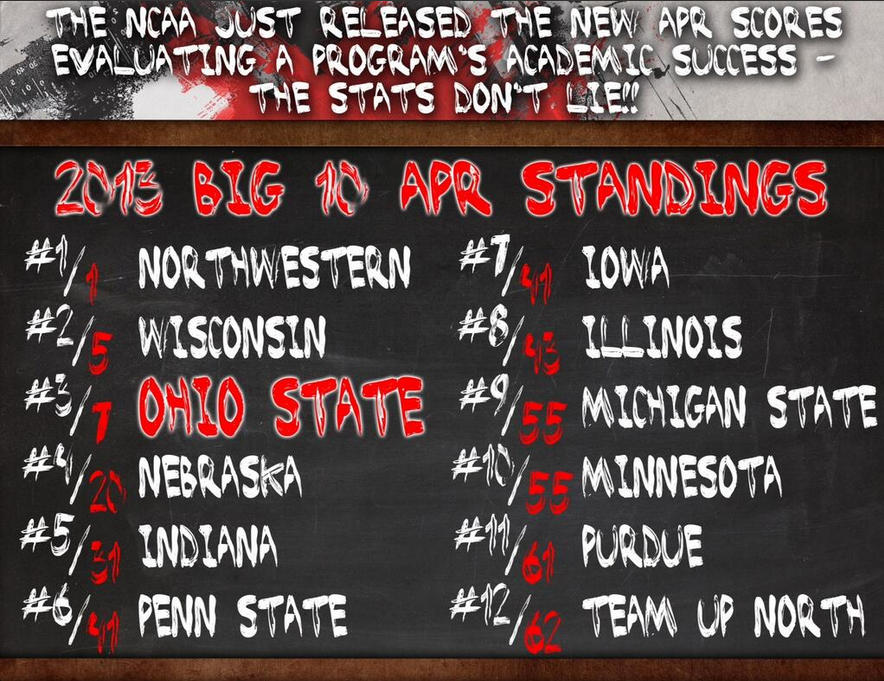Every year the Academic Progress Rating is released by the NCAA as a way to show how schools are doing. The NCAA describes the APR as follows:
The Association holds Division I institutions accountable for the academic progress of their student-athletes through the Academic Progress Rate, a team-based metric that accounts for the eligibility and retention of each student-athlete, each term.
The Committee on Academic Performance oversees the Academic Performance Program, with sets policies and recommends legislative changes to the Board of Directors, which has the final say on rules changes in Division I.
Beginning with 2012-13 championships, teams must earn a minimum 900 four-year APR or a 930 average over the most recent two years to be eligible to participate. For 2014-15 championships, teams must earn a 930 four-year average APR or a 940 average over the most recent two years to participate in championships. In 2015-16 and beyond, teams must earn a four-year APR of 930 to compete in championships.
To see how they calculate the APR you can check here. Ohio State Buckeyes assistant coach Mike Vrabel wants you to know that Ohio State is ranked 3rd while Michigan is currently dead last in the Big Ten. But, before Buckeye fans get too excited and start declaring academic superiority, they should note that this isn’t reflective of the quality of the schools Academics but rather it is “a team-based metric that accounts for the eligibility and retention of each student-athlete, each term.” Meaning schools with a lot of transfers will have a very difficult time having a good APR because those students are not retained which is frowned upon.
Not to take anything away from the Buckeyes who have done a fantastic job keeping their students during their coaching transition, as well as putting up impressive results on the field, while Michigan is still losing players to transfer under Brady Hoke. If you want to check the Academic prestige and rankings of schools, perhaps US News would be a better source.




